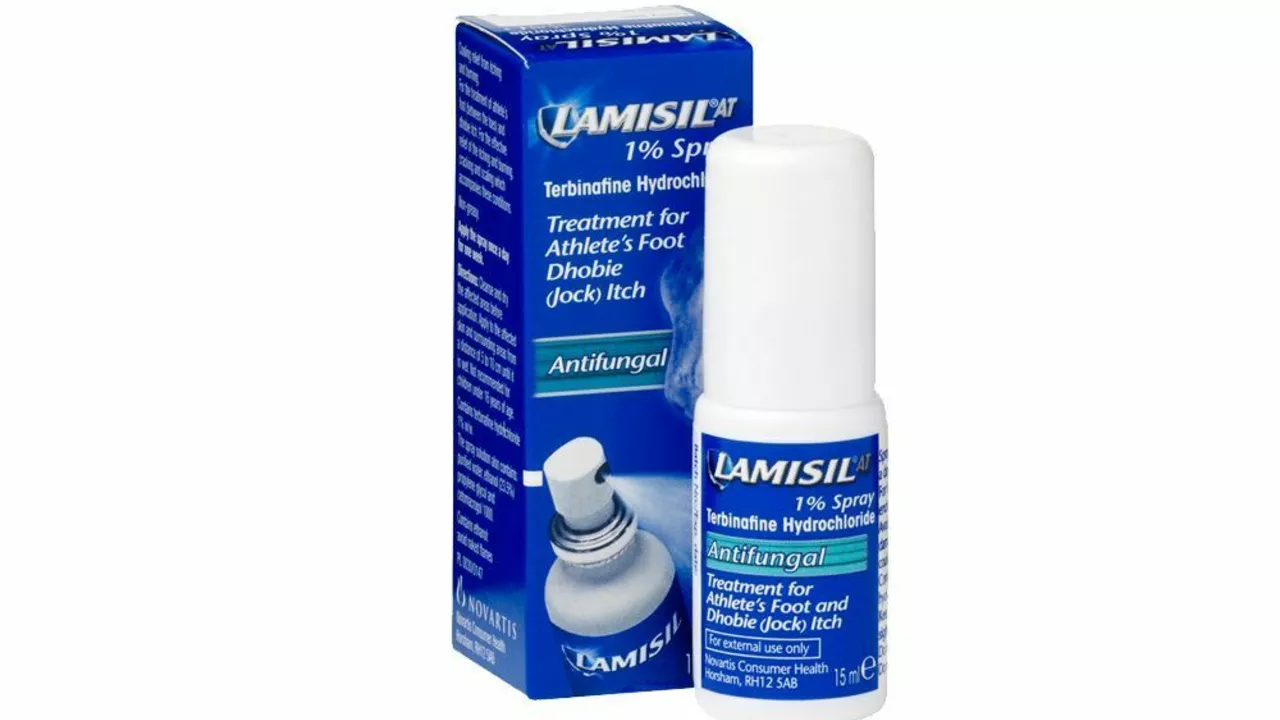The Dawn of Terbinafine
As far back as the late 1970s, the medical world began its pursuit for an effective antifungal treatment. It was during this era that terbinafine was conceived. The journey was not easy, and it was not until 1991 that the US Food and Drug Administration approved terbinafine for medical use. Its development and subsequent approval marked a turning point in the fight against fungal infections.
Terbinafine and its Mode of Action
So, how does terbinafine work? Well, it operates by inhibiting an enzyme known as squalene epoxidase. This enzyme plays a critical role in the synthesis of ergosterol, a vital component of fungal cell membranes. By blocking this enzyme, terbinafine hinders the growth and reproduction of fungi, effectively treating the infection.
The Evolution of Terbinafine Treatments
Over the years, terbinafine has evolved in its administration forms. Initially, it was only available as an oral treatment. However, the demand for more convenient and less systemic treatments led to the development of topical formulations, such as creams, gels, sprays and solutions. These have proven significantly effective in treating superficial fungal infections.
The Efficacy of Terbinafine
Terbinafine is renowned for its efficacy in treating a wide range of fungal infections. From dermatophytosis, more commonly known as ringworm, to onychomycosis, or fungal nail infection, terbinafine consistently shows high cure rates. Its effectiveness is one of the reasons why it is a preferred choice of treatment among healthcare professionals worldwide.
The Safety Profile of Terbinafine
While efficacy is important, safety is equally paramount. Terbinafine has a favorable safety profile. While there can be side effects, these are generally mild and reversible. The most common side effects include gastrointestinal disturbances and skin rashes. However, it’s always crucial to discuss potential side effects with a healthcare professional before starting treatment.
The Global Impact of Terbinafine
Since its inception, terbinafine has made a significant positive impact on global health. It has been instrumental in treating fungal infections in many parts of the world where such infections are prevalent, improving the quality of life for countless individuals.
Terbinafine and Drug Resistance
One of the major issues in modern medicine is drug resistance. Fortunately, terbinafine has shown a low propensity for causing drug resistance, making it a reliable treatment option for fungal infections. However, monitoring for potential resistance is still crucial.
The Cost-Effectiveness of Terbinafine
Healthcare can be expensive. Therefore, cost-effective treatments are vital. Terbinafine fits this bill. It’s noted for being a cost-effective treatment option due to its high cure rate, quick onset of action, and the fact that it requires a shorter treatment duration compared to some other antifungal treatments.
The Future of Terbinafine
As we look towards the future, terbinafine continues to hold promise. Ongoing research is expanding our understanding of its potential uses and exploring its effectiveness in treating other types of infections. The future indeed looks bright for this remarkable antifungal treatment.
Conclusion: The Legacy of Terbinafine
In conclusion, terbinafine has undeniably made a significant contribution to the field of antifungal treatment. Its development history, efficacy, safety, and cost-effectiveness have all played a role in shaping its legacy. As we look forward to the future, it is clear that terbinafine will continue to play a vital role in the global fight against fungal infections.


Post A Comment